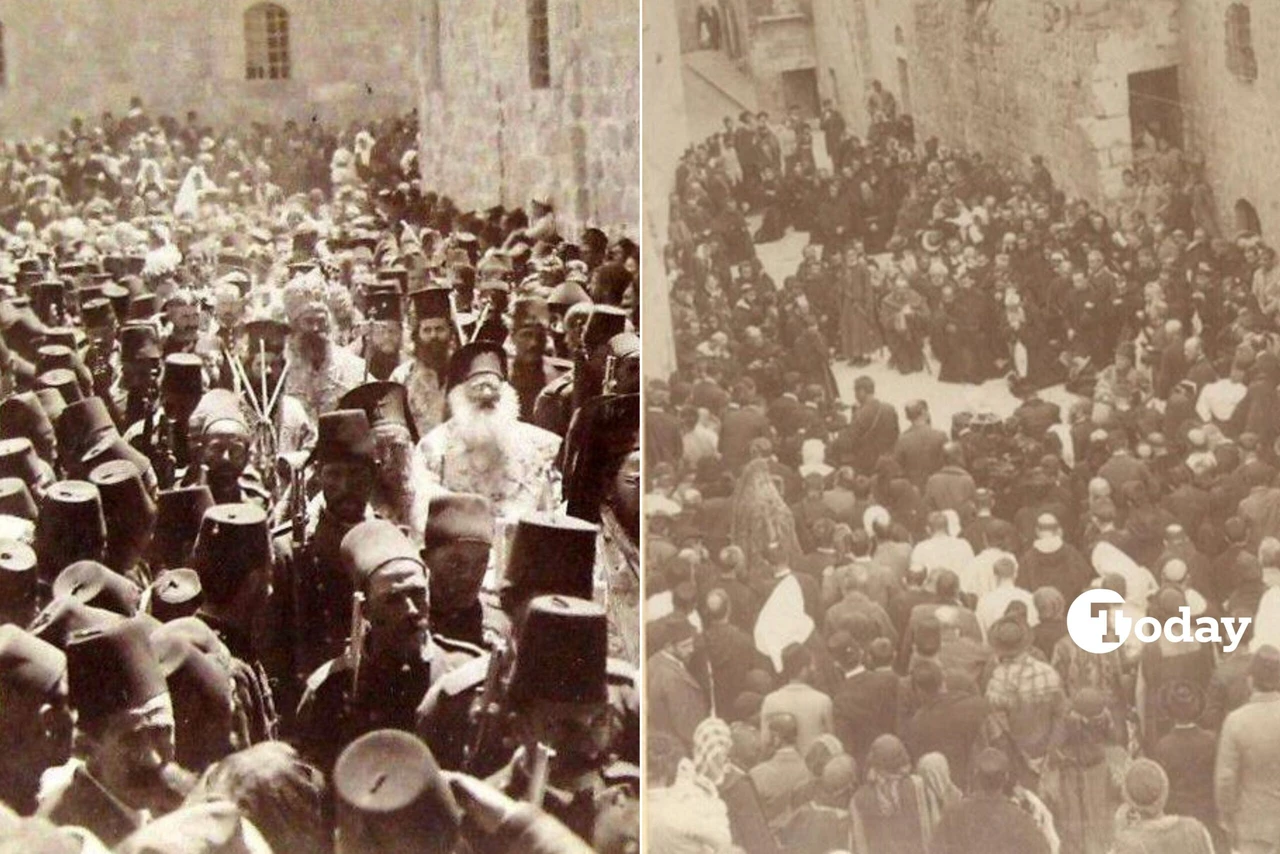Rare fibula, coin unearthed at Türkiye’s Hadrianopolis
 Excavations in the ancient city of Hadrianopolis, located in Eskipazar, Karabuk, which was inhabited during the Late Chalcolithic, Roman, and Early Byzantine periods, have unearthed a fibula (brooch) and a coin, Türkiye, November 1, 2024. (AA Photo)
Excavations in the ancient city of Hadrianopolis, located in Eskipazar, Karabuk, which was inhabited during the Late Chalcolithic, Roman, and Early Byzantine periods, have unearthed a fibula (brooch) and a coin, Türkiye, November 1, 2024. (AA Photo)
Excavations in the ancient city of Hadrianopolis, located in Karabuk’s Eskipazar district, unearthed a Roman-era fibula (brooch) and a coin depicting the “River God” motif. The discovery offers a fascinating glimpse into the rich cultural tapestry of a city that served as a settlement from the Late Chalcolithic, Roman, and Early Byzantine periods.
Under the supervision of Karabuk University’s Faculty of Archaeology, led by associate professor Ersin Celikbas, the site is part of the Ministry of Culture and Tourism‘s “Legacy to the Future” project.
The site has revealed remarkable structures, including two baths, two churches adorned with intricate mosaics, a defense structure, rock-cut tombs, and a variety of monumental buildings, all contributing to Hadrianopolis’s reputation as “the Black Sea’s Zeugma.”
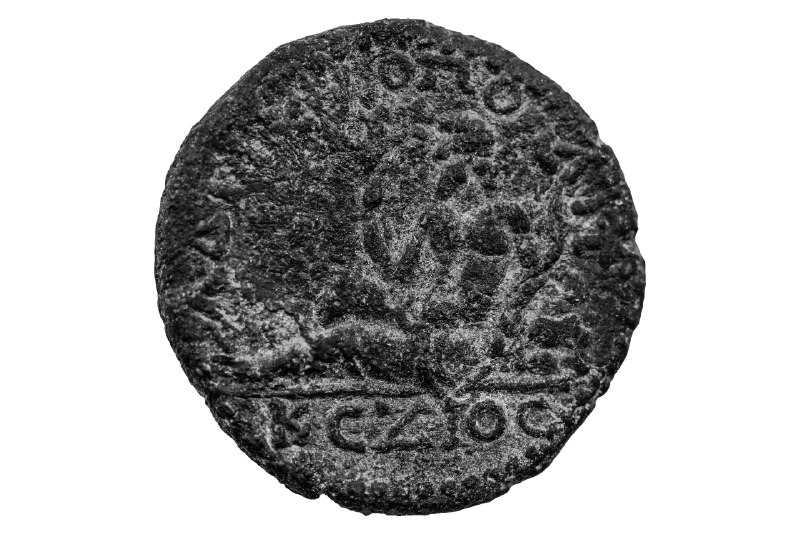
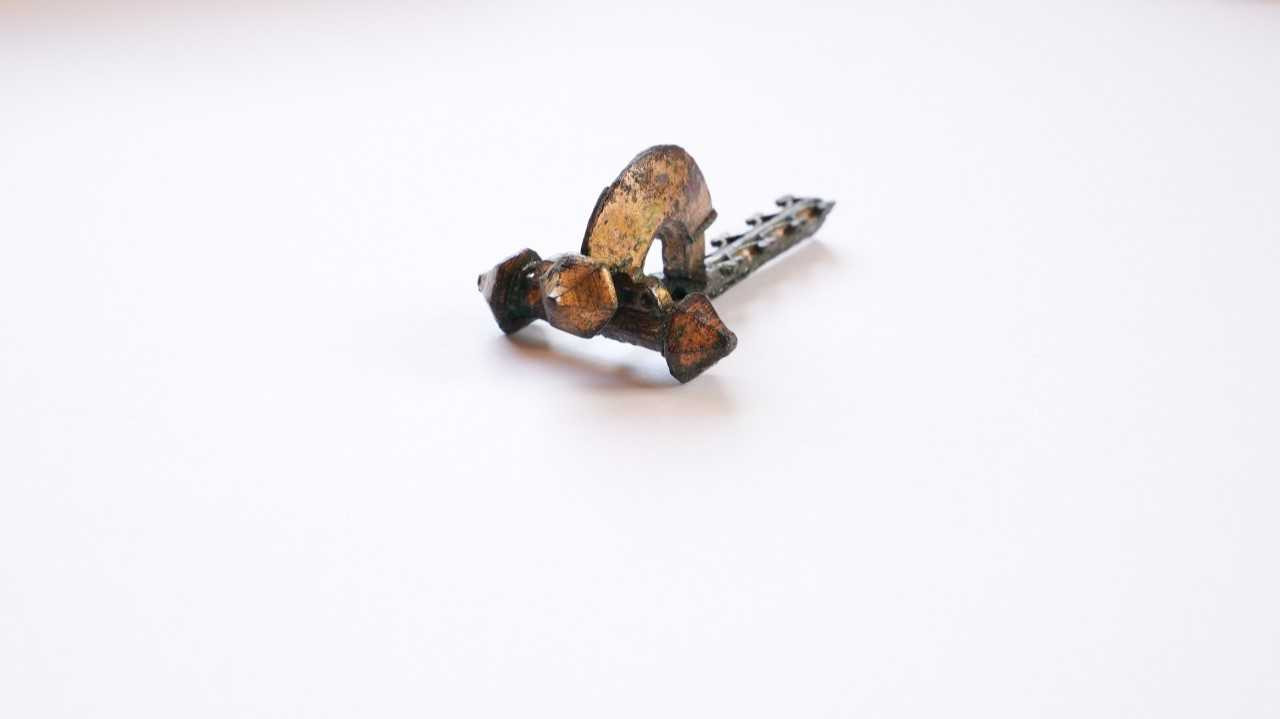
Roman-era fibula and coin with ‘River God’ imagery discovered
Recent discoveries include a fibula of the arbalest type dating back to the fifth century and a coin from the second century featuring an engraving of the “River God” alongside the inscription “Kezios.” This inscription marks the coin as originating from Hadrianopolis and sheds light on the ancient name of the Eskipazar River.
Professor Celikbas notes that the coin’s presence in a tomb suggests it was placed as a Charon coin, symbolizing payment to the ferryman of the dead, indicating that the Charon tradition continued in the Roman Empire during the second century.
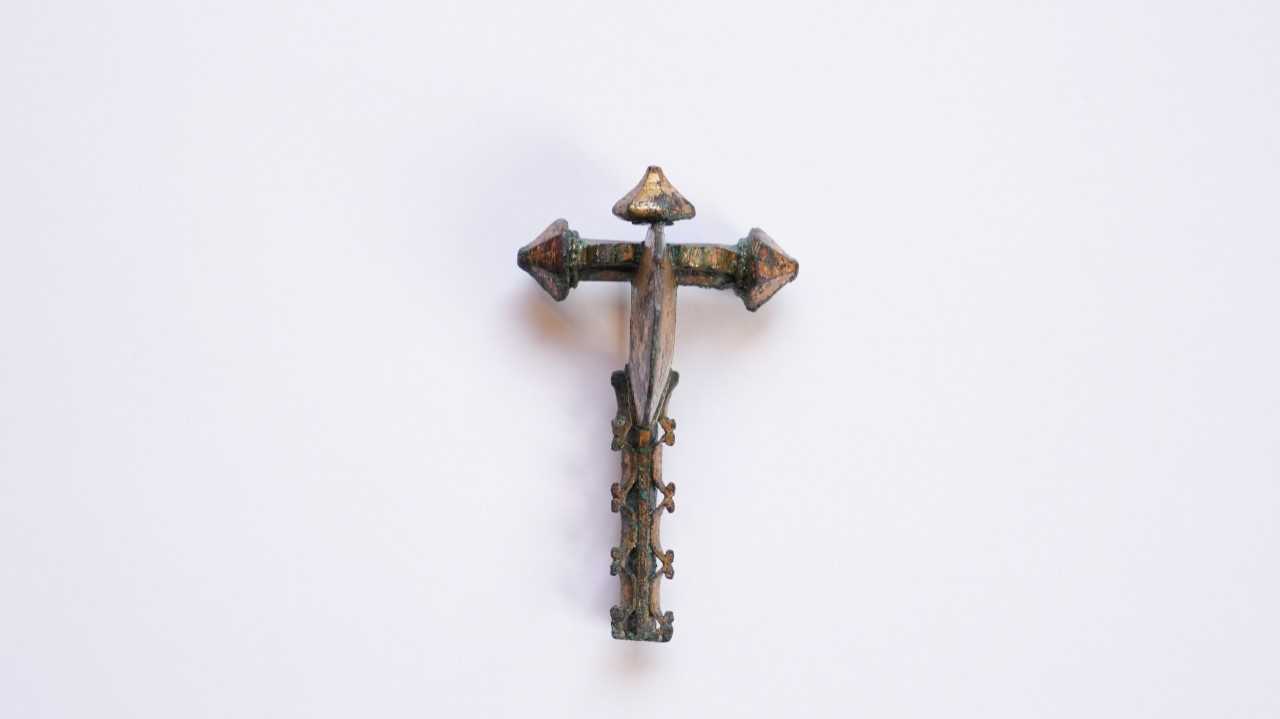
Find of the year: Insight into burial customs and religious practices
Celikbas revealed that the current excavation focused on the southern necropolis and an area termed “SDJ-3.” “This year, the findings have been significant,” he stated. The southern necropolis has yielded considerable insights into Roman-era burial traditions, with findings from the second-century coin to fifth-century items.
Celikbas remarked, “The discovery of a Charon coin in the tomb underscores the continuity of the ancient Roman tradition here, while findings of other artifacts show burial practices remained consistent for about 300 years.”
The discovery also points to Hadrianopolis’ role as a Roman military base in southern Paphlagonia. Artifacts like the fibula, a functional and decorative clasp used for clothing, emphasize the dual aesthetic and practical purposes of such items in antiquity.
“These artifacts provide a profound understanding of the era’s culture, art, and religious beliefs, and we’re both surprised and thrilled by the findings,” added Celikbas.
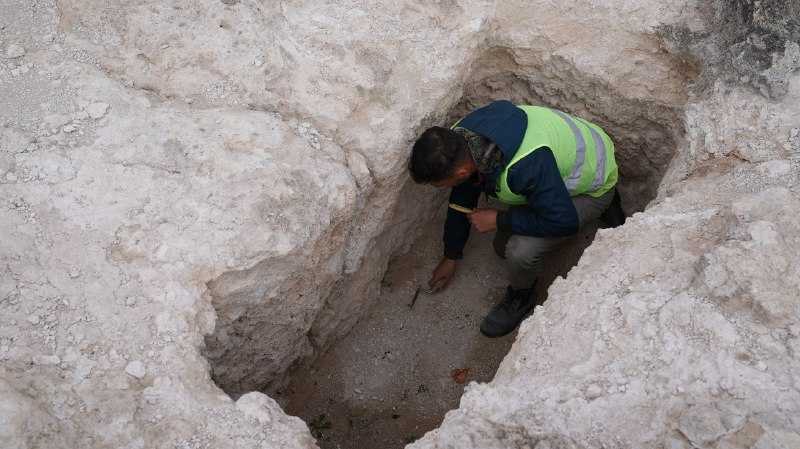
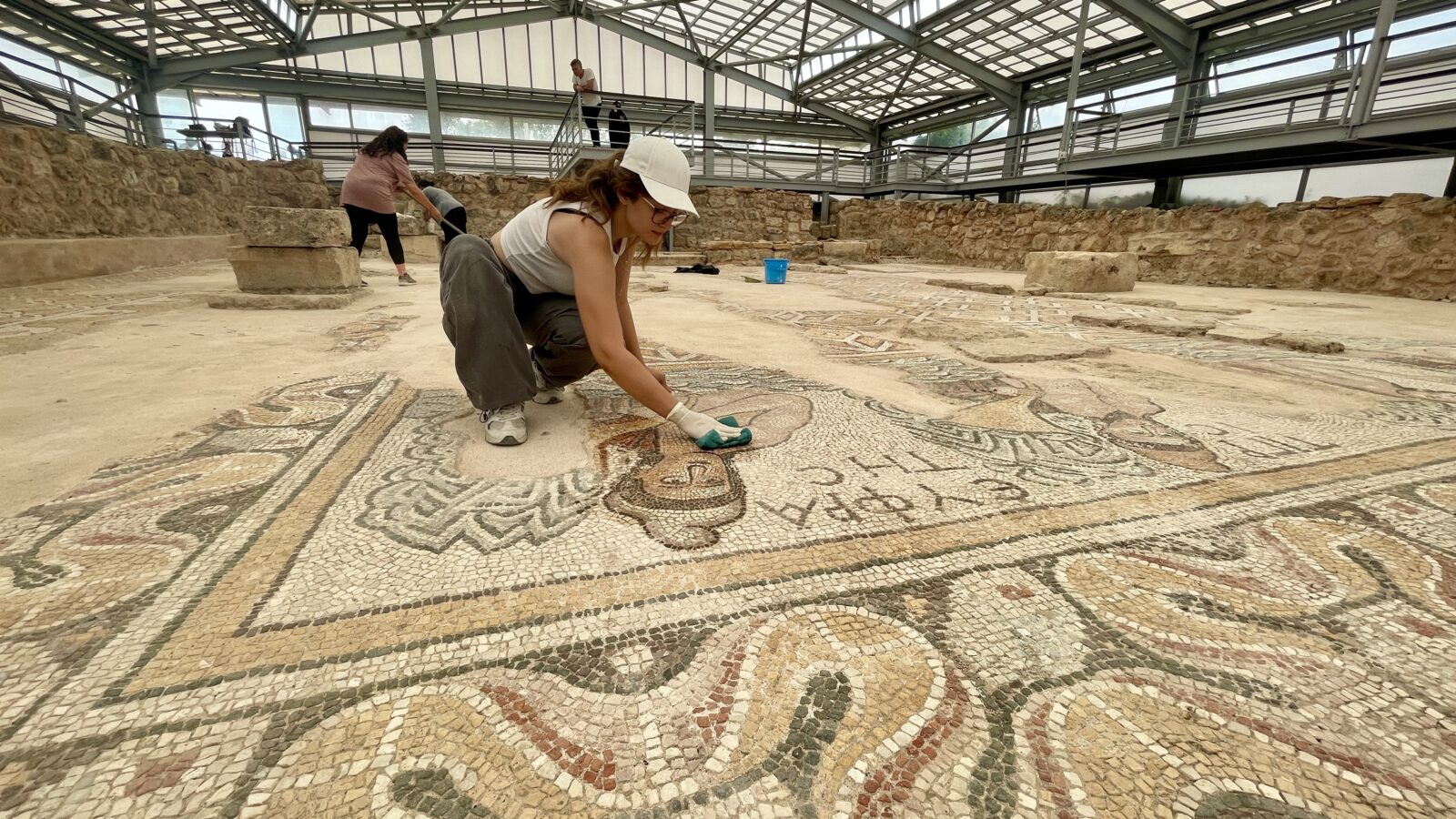
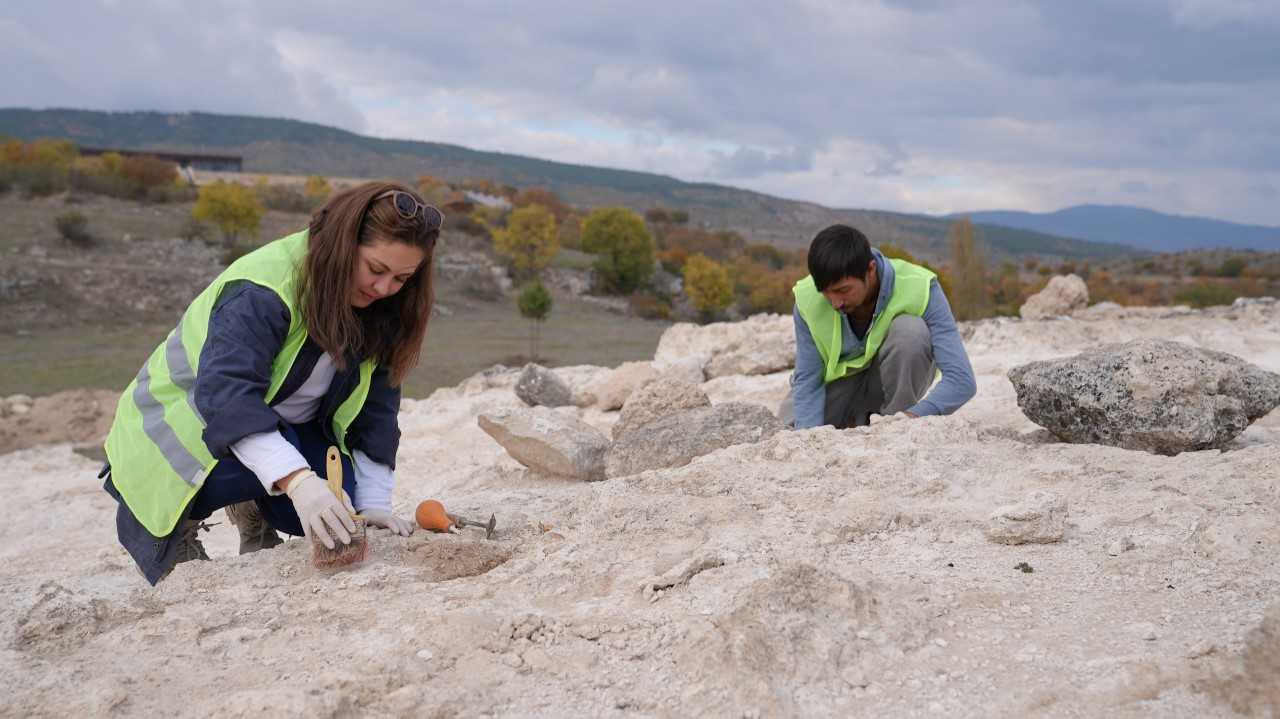
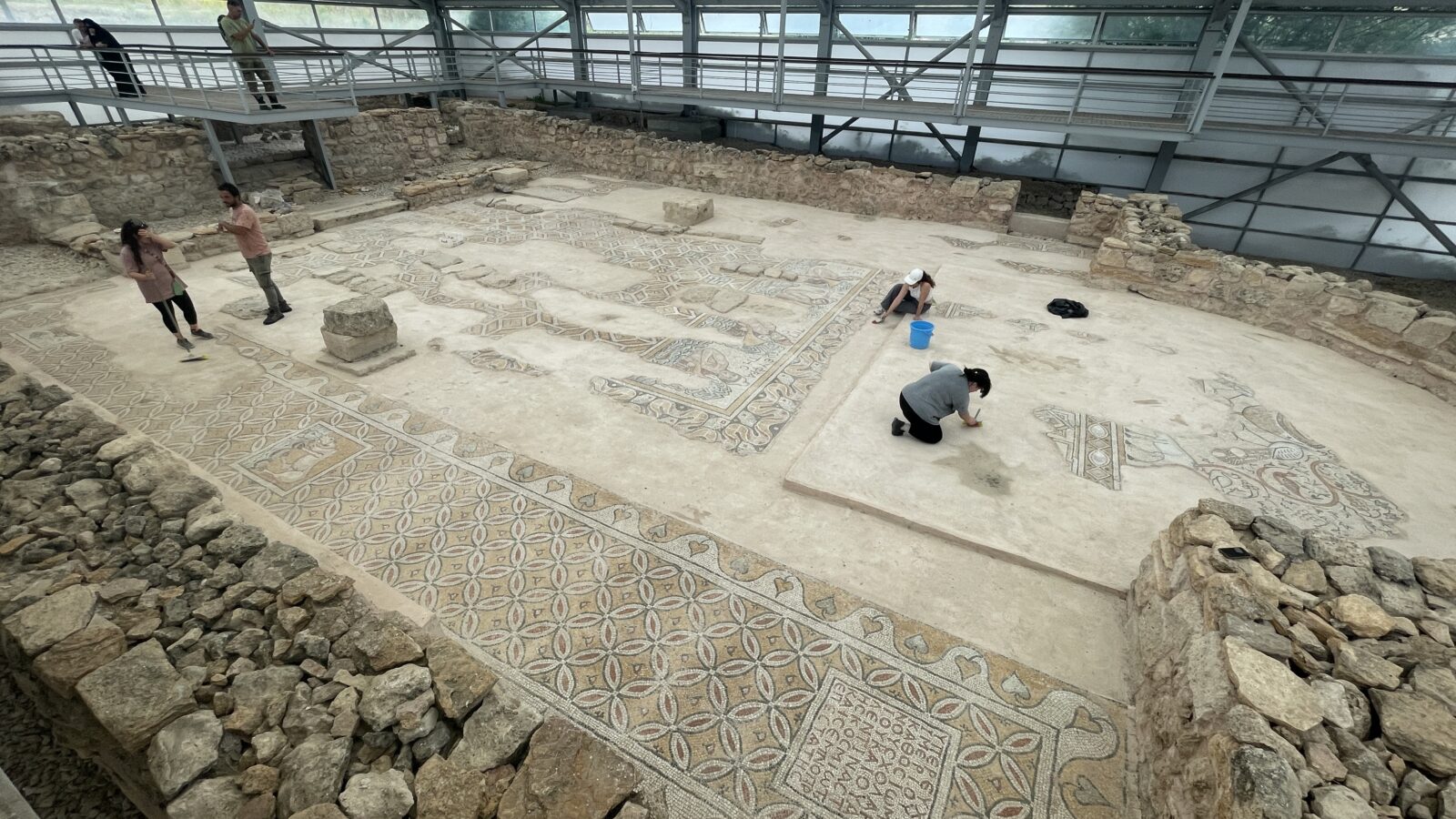
Hadrianopolis: Roman military command center in Paphlagonia
The placement of Roman relics in these burial sites indicates that Hadrianopolis likely served as a strategic military post in the region. The area, known for its uniquely rock-cut tombs, is currently the only ancient site undergoing necropolis excavations in southern Paphlagonia. The artifacts not only showcase Roman military influence but also suggest that soldiers were among those interred in the city’s extensive burial grounds.
With each discovery, Hadrianopolis continues to reveal its role as a cultural and military stronghold within the Roman Empire, enriching Türkiye’s historical narrative with invaluable insights into ancient life and traditions.


